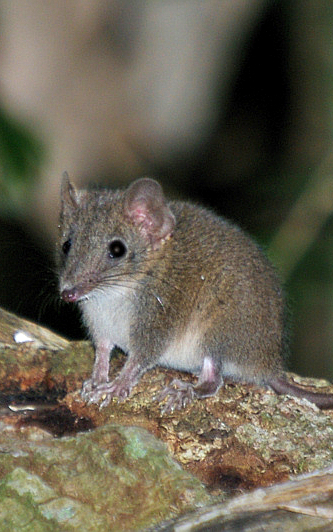Secrets of little local's fiery survival
 Researchers have discovered how one little Australian marsupial has evolved to survive in the aftermath of bushfire.
Researchers have discovered how one little Australian marsupial has evolved to survive in the aftermath of bushfire.
A study from the University of New England says the brown antechinus (Antechnius stuartii) spends its days in ‘torpor’ after a bushfire.
In this state it reduces its body temperature and metabolic rate, allowing it to survive on reduced food and forages at night.
“There’s been an increase in bushfires in Australia and we are interested in how animals survive this,” said UNE Zoologist Dr Clare Stawski.
The findings came from the first study to find that torpor can help an animal survive the aftermath of a fire.
“During torpor an animals’ body temperature falls and its metabolism, breathing and heart rate slows which gives it the ability to save energy.”
Dr Stawski along with other colleagues compared two groups of the brown antechinus in the Guy Fawkes National Park of New South Wales.
One group was in an area where a prescribed burn was undertaken while the other was in an unburnt area.
“Radio tracking devices were used to measure the animals’ body temperature and movements before and after the fire,” Dr Stawski said.
“We found that in the unburned areas antechinus foraged during the day and night and didn’t use as much torpor.”
But in the burned areas the animals used a lot of torpor and foraged close to their nesting areas and only during the night.
Dr Stawski said it was important that the fires are not so intense that they destroy the trees, which is an important nesting area for the antechnius during torpor.
The findings have been published in the Royal Society journal Biology Letters.








 Print
Print